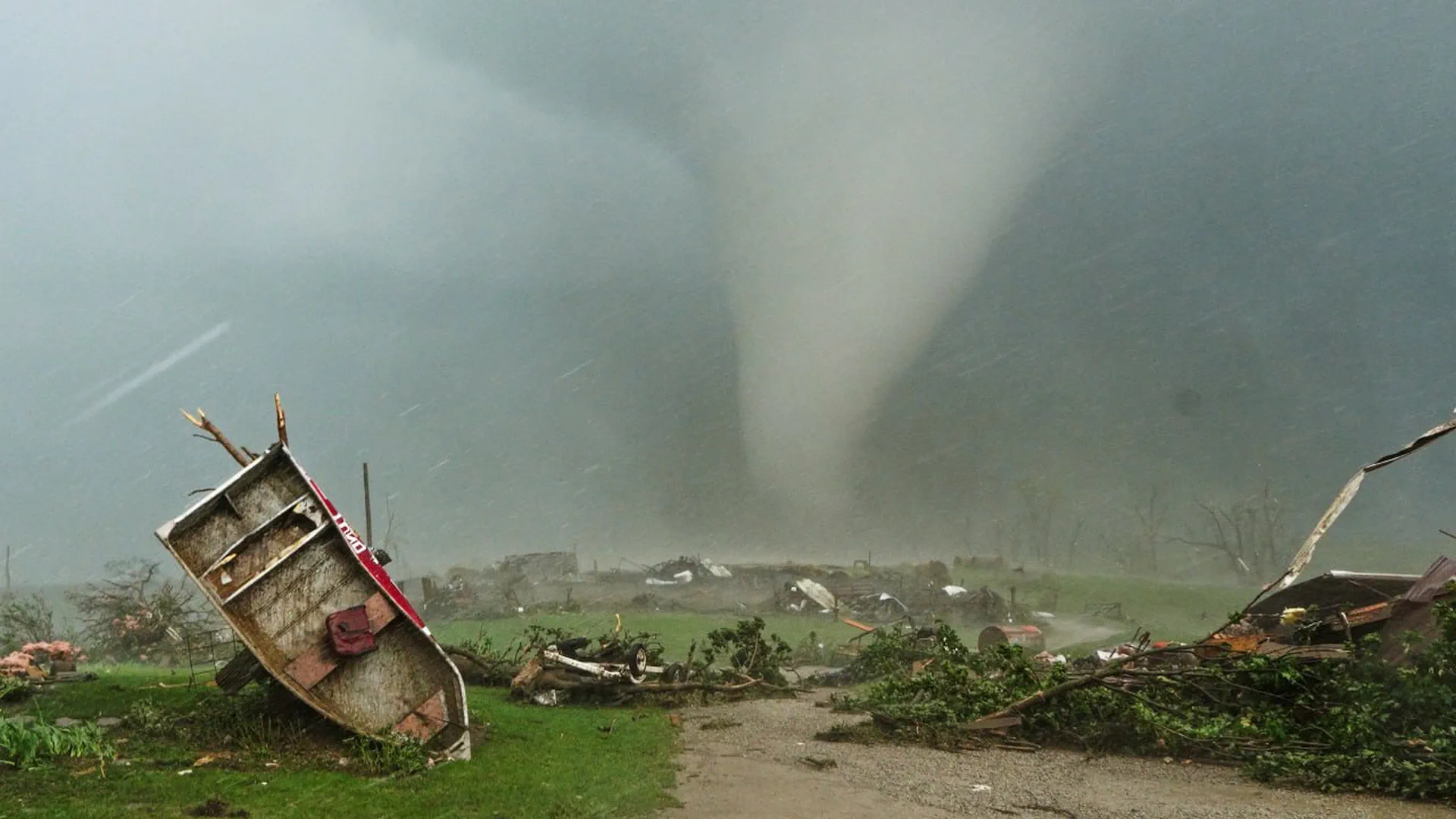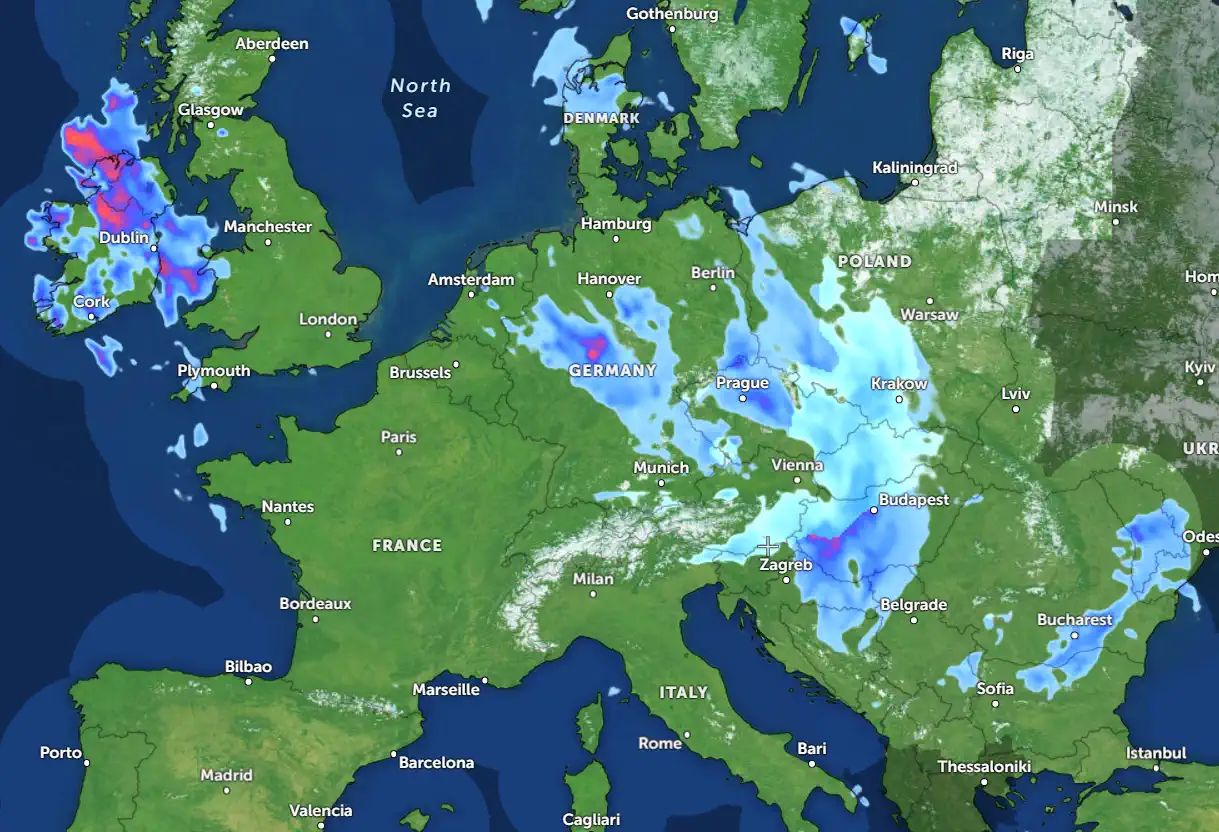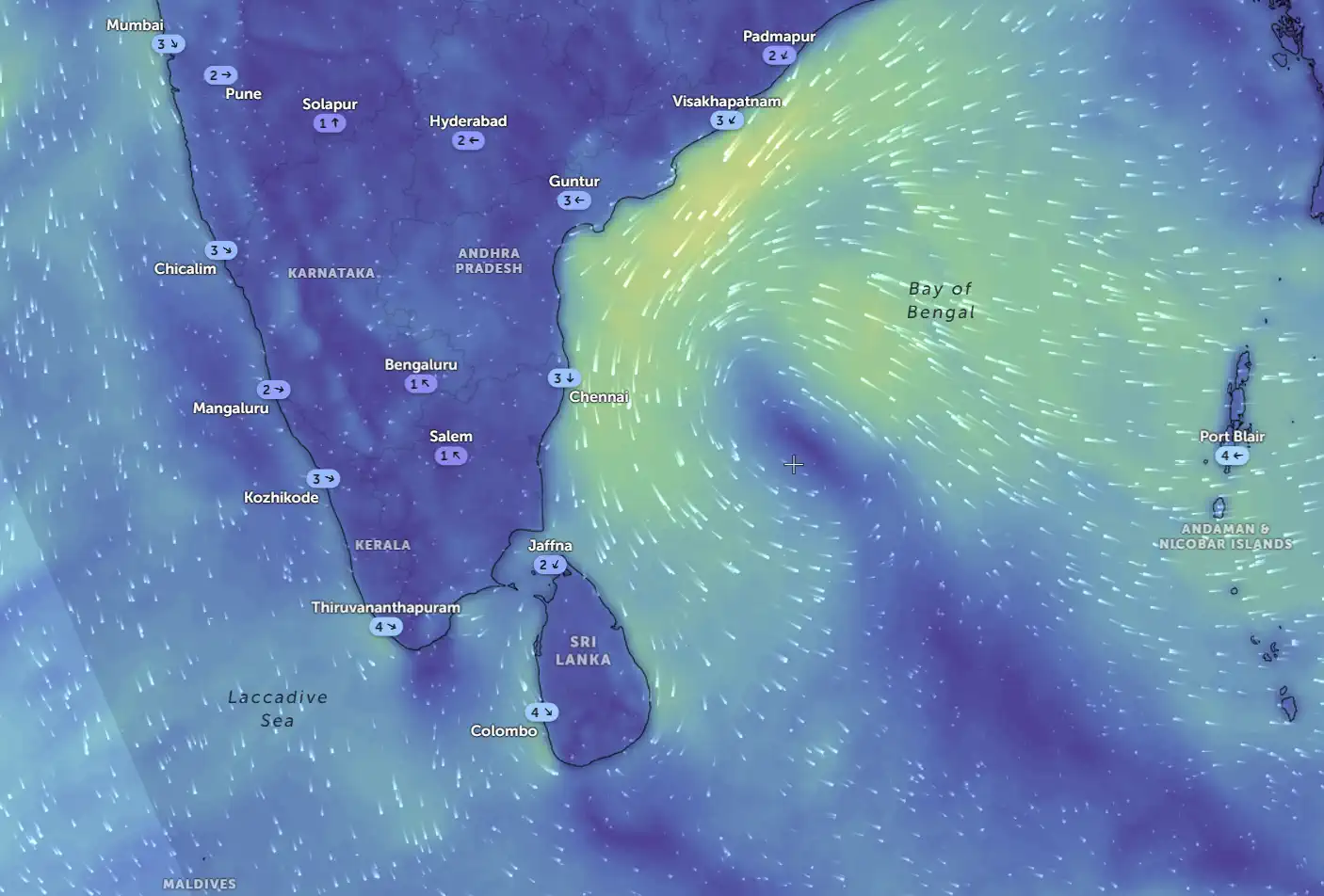
Tornadoes and Storms Will Become More Frequent and Severe
Tornadoes are one of the most destructive forces of nature. They can cause widespread damage and loss of life. While tornadoes are relatively rare, they can occur anywhere in the United States.
There is growing evidence that tornadoes and storms are becoming more frequent and severe due to climate change. Warmer air can hold more moisture, which can lead to heavier rainfall and more powerful storms. Additionally, warmer temperatures can create more favorable conditions for the formation of tornadoes.
What the Science Says
A 2019 study published in the journal Nature Climate Change found that climate change is making storms wetter and windier. The study's lead author, Michael Mann, a climate scientist at Princeton University, said that the findings are "deeply concerning."
"We're already seeing the impacts of climate change in the form of more extreme weather events," Mann said. "These storms are causing more damage and costing more lives. And they're only going to get worse if we don't take action to reduce greenhouse gas emissions."
What We Can Do
There are a number of things we can do to reduce the risk of tornadoes and other severe storms. These include:
- Reducing our reliance on fossil fuels. Fossil fuels are the main source of greenhouse gas emissions, which are causing climate change. By switching to renewable energy sources, such as solar and wind power, we can help to reduce the risk of extreme weather events.
- Improving our infrastructure. Our homes, businesses, and infrastructure are not always built to withstand the forces of nature. We can make our communities more resilient to severe weather by investing in stronger buildings and better early warning systems.
- Preparing for the worst. Even with the best mitigation efforts, we will still experience severe weather events. It is important to be prepared for these events by having a plan in place and knowing what to do when a tornado or other storm strikes.
The Future of Tornadoes and Storms
The future of tornadoes and storms is uncertain. However, the evidence is clear that climate change is making these events more frequent and severe. We must take action to reduce greenhouse gas emissions and prepare for the worst. By doing so, we can help to protect our communities and save lives.
In addition to the above, here are some other things to keep in mind:
- Tornadoes can occur at any time of year, but they are most common in the spring and fall.
- Tornadoes can form in any type of weather, but they are most likely to occur during thunderstorms.
- Tornadoes can travel at speeds of up to 300 miles per hour.
- Tornadoes can cause a wide range of damage, from minor property damage to complete destruction.
If you are in an area where tornadoes are common, it is important to be aware of the signs of a tornado and to have a plan in place. Here are some tips:
- Know the warning signs of a tornado. These include a dark, greenish-colored sky, a loud roar, and a sudden drop in barometric pressure.
- Have a plan in place. This includes knowing where to go if a tornado warning is issued and having a way to stay informed about the weather.
- Practice tornado drills. This will help you to know what to do in the event of a tornado.
- Stay informed about the weather. Listen to the radio or watch television for weather updates.
By following these tips, you can help to stay safe during a tornado.
Tornado Statistics in the US since 2019:
| Year | Number of Tornadoes | Number of Fatalities | Number of Injuries | Total Damage (USD Billion) |
|---|---|---|---|---|
| 2019 | 1520 | 36 | 641 | 11.1 |
| 2020 | 1957 | 136 | 2389 | 19.8 |
| 2021 | 1347 | 105 | 1469 | 17.7 |
| 2022 | 1642 | 91 | 1396 | 23.1 |
| 2023 | (to June 30) 678 | 53 | 642 | 7.8 |
Chief forecaster and ideologist of the weather forecast service Pogodnik. Co-author of scientific articles and specialized content for various online media.




